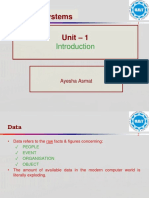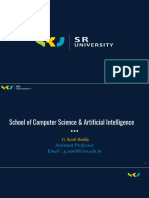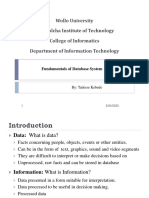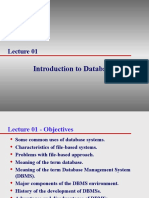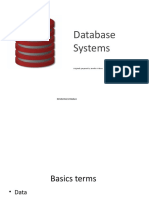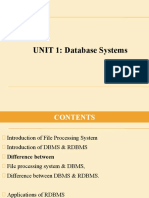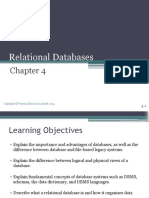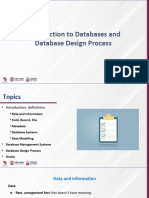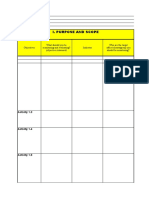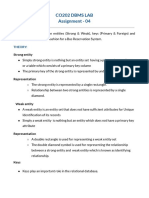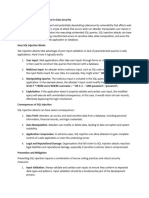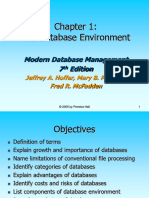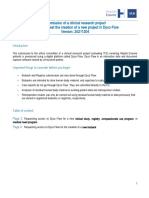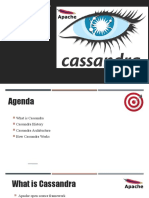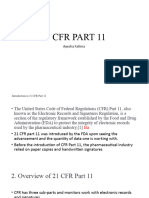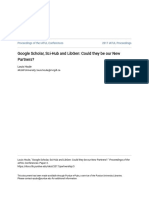0% found this document useful (0 votes)
5 views22 pages2.1 Introduction To Database 3
Uploaded by
2jmxygq6wfCopyright
© © All Rights Reserved
We take content rights seriously. If you suspect this is your content, claim it here.
Available Formats
Download as KEY, PDF, TXT or read online on Scribd
0% found this document useful (0 votes)
5 views22 pages2.1 Introduction To Database 3
Uploaded by
2jmxygq6wfCopyright
© © All Rights Reserved
We take content rights seriously. If you suspect this is your content, claim it here.
Available Formats
Download as KEY, PDF, TXT or read online on Scribd
/ 22











